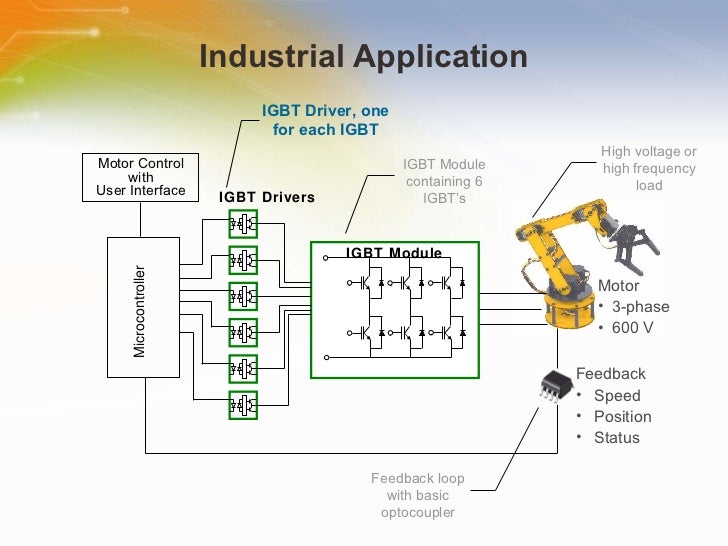
- GATE DRIVER CIRCUIT FOR MOSFET USING OPTOCOUPLER DRIVER
- GATE DRIVER CIRCUIT FOR MOSFET USING OPTOCOUPLER FULL
- GATE DRIVER CIRCUIT FOR MOSFET USING OPTOCOUPLER PLUS
- GATE DRIVER CIRCUIT FOR MOSFET USING OPTOCOUPLER FREE
If you do need isolation, you'll need to find a optocoupler that is faster than the MCT2E.
GATE DRIVER CIRCUIT FOR MOSFET USING OPTOCOUPLER FREE
But if you're not sure, feel free to ask more questions or give us more info on your application. Even though it's only 100 Volts, it is still directly connected to a *lethal* voltage potential.Ģ) There is enough electrical motor noise that it corrupts and/or destabilizes the PWM controller.Īt this point, only you can make the decision for isolation or not.
GATE DRIVER CIRCUIT FOR MOSFET USING OPTOCOUPLER DRIVER
If you don't need isolation, then you can tie the output of your PWM controller directly to the input of whatever mosfet driver circuit you choose.ġ) The motor power is derived directly from the AC line power and not transformer isolated. This is frequently done with motor drive circuits, but that does not mean that it always has to be done. Meaning the ground of the control circuit and the ground of the power circuit are not connected together. I suggested the part I did assuming that you did need isolation. The MC33153 has extra features that you don't need, and it's input to output is inverted, but it would would still be and OK part for the job. It can help with optos that have the base available on a pin, as well as general transistors like T1 in your schematic.īoth that and the base resistor on the opto may each give some improvement, though a much faster opto is really needed.Įither of those would be fine as a mosfet gate driver for a PWM running at 10 KHz. You are making a "Schottky transistor" with discrete components:
GATE DRIVER CIRCUIT FOR MOSFET USING OPTOCOUPLER FULL
That prevents full saturation as the diode takes the base drive away when the collector gets down to 0.2 - 0.3V and can make the turn-off time quite a lot faster in switching applications. With bipolar devices you can speed up the turn-off time somewhat by adding a schottky diode between collector and base, with anode to base & cathode to collector. See page 4 of the datasheet here: **broken link removed**Īdding a resistor between the base and emitter connections of the opto transistor will speed it up a bit but also decrease it's sensitivity. no more than 1% of your cycle time, for optimum efficiency. Unfortunately the MCT2E opto is a very "slow" device, according to the datasheet it can take up to 50uS to turn off. As was discussed in the previous section, the issue with turning the N-channel MOSFET on in a buck circuit is referencing.
GATE DRIVER CIRCUIT FOR MOSFET USING OPTOCOUPLER PLUS
Normally, the opto transistor should be between the base and +12V, with a series resistor to set the "on" current to the base, plus a base-emitter resistor on the transistor to ensure turn-off. That's not a good design as it means the switching point is around 0.6V You could simply use an inverter gate, or make an inverter using a PNP transistor and a resistor or two.You are trying to short out the first transistor base with the opto-isolator.

The IR2111 also has Schmitt input, so the 4093 may be superfluous - but unless you wish to invert your logic prior to the optoisolator, it'll need to be done in hardware before the IR2111. The 4093 has Schmitt inputs, so it will tolerate slow-rising waveforms without heating or falsely triggering. The 4093 is used as an inverter to get back the positive logic, and to "square up" the output of the NPN transistor.

The NPN transistor is used to translate levels between 5V and 15V, but it inverts the signal in the process.


Connect the output of that NAND gate to the IN (pin 2) of the IR2111. Connect the collector output of the NPN transistor to both inputs of one of the NAND gates using a 10K resistor. The output of this will be taken from the collector, and will be inverted from the input of the 6N137.Ĥ) Get a 4093 CMOS Schmitt-input quad NAND gate, and use 15V for it's Vdd, and ground for Vss. Connect it's emitter to ground, base to pin 6 of the 6N137 using a 1K resistor, and collector to 15V using a 1K resistor. It will also prevent exceeding the specified max limit of 7v on the output phototransistor.ģ) Get an NPN transistor, such as a 2n2222 or 2n3904. This will limit the current through the 6N137's phototransistor to 23mA, less than 1/2 it's max rating. 1) Disconnect and remove the pull-up resistor from pin 6 from 15VĢ) Connect a 220 Ohm resistor from pin 6 of the 6N137 to 5V.


 0 kommentar(er)
0 kommentar(er)
